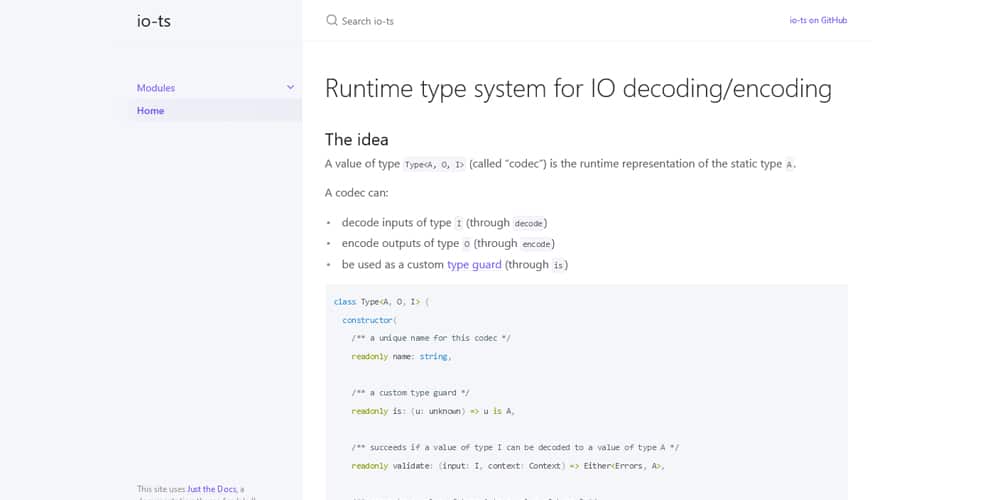
generate-keys.js const openpgp = require("openpgp") generate() async function generate() In practice, this should be a strong, randomized secret generated for a single-use. You also need to define a passphrase used to decrypt files and the private key.
#Encrypto node js full#
For the full list of curves, you can choose from, refer to OpenPGP.js docs. In this example, we use Ed25519 for its performance and small key size. When generating private and public PGP keys with OpenPGP, you can define which curve to use in Elliptic-curve cryptography. Note: examples use openpgp v4.10.8 Generating keys
#Encrypto node js how to#
We'll go over some basic examples and show how to encrypt & decrypt large files using Node.js streams.įirst, set up your Node.js project and install openpgp.js: mkdir pgp-tutorial & cd pgp-tutorial & npm init npm i openpgp -save OpenPGP.js implements the OpenPGP protocol in JavaScript.


In practice, PGP is commonly used in sending and receiving emails, sharing information on the Dark Web, and others. Once the information is encrypted, nobody will be able to decrypt it unless they have the right key. One way PGP can be used is to protect the confidentiality of information. It combines concepts from symmetric and asymmetric key encryption, maintaining some of the best security and usability aspects of both. We could make use of this time to get closer to our family.PGP (Pretty Good Privacy) is a cryptographic process used to encrypt and decrypt information. In this tough time around the world due to the pandemic of COVID-19, please stay safe everyone, feed yourself well and stay at home as much as we could. Any customization all depends on your implementation to proceed further. That’s basically all you need to encrypt and decrypt a message via NodeJS and C#.NET. Store the credentials in a secure network or services like Azure Keyvault, Kubernetes Secrets, AWS Key Management. It will make sure even the data to encrypt is identical, and the string gets encrypted will be different every time. But we have to make sure the decrypting side will have the IV too. To add more randomization on the encryption, randomly generate the IV while doing the encryption. You can serialize a JSON object to the string before encrypting it in C#. To make both sides work with each other, make sure the EncryptionType, Keysize, Key and IV (Initialization Vector) are identical. C#ĪES encrypt and decrypt in C# Node with TypescriptĪES encrypt and decrypt in NodeJS with Typescript Key Notes I’m not saying RSA is less secure, but it might be showing a hint of what encryption your system might be using. While we’re constantly changing the value of IV, it will always generate different encrypted value as an output whereas RSA will be continually providing the same value.

RSA uses a public key and private key to do the encryption, while AES is using a string as a key as well as IV (Initialization Vector) to add randomization into it. The only side effect will be getting slower as the data gets more substantial. RSA is only able to encrypt data up to 245 bytes, whereas AES can encrypt data near to no limit. As there are plenty of reading materials regarding AES, I will only make some comparison with RSA (which I’ve implemented too). It is one of the most secure and mature encryption methods used widely around the globe.
#Encrypto node js software#
government to protect classified information and is implemented in software and hardware throughout the world to encrypt sensitive data. The Advanced Encryption Standard, or AES, is a symmetric block cipher chosen by the U.S. To implement end-to-end encryption, we need to make sure only the sender and the receiver can read the message transmitted. We need data encryption to secure our data while transmitting between microservices or to clients. A simple guide on implementing AES Encryption in Node and C#


 0 kommentar(er)
0 kommentar(er)
